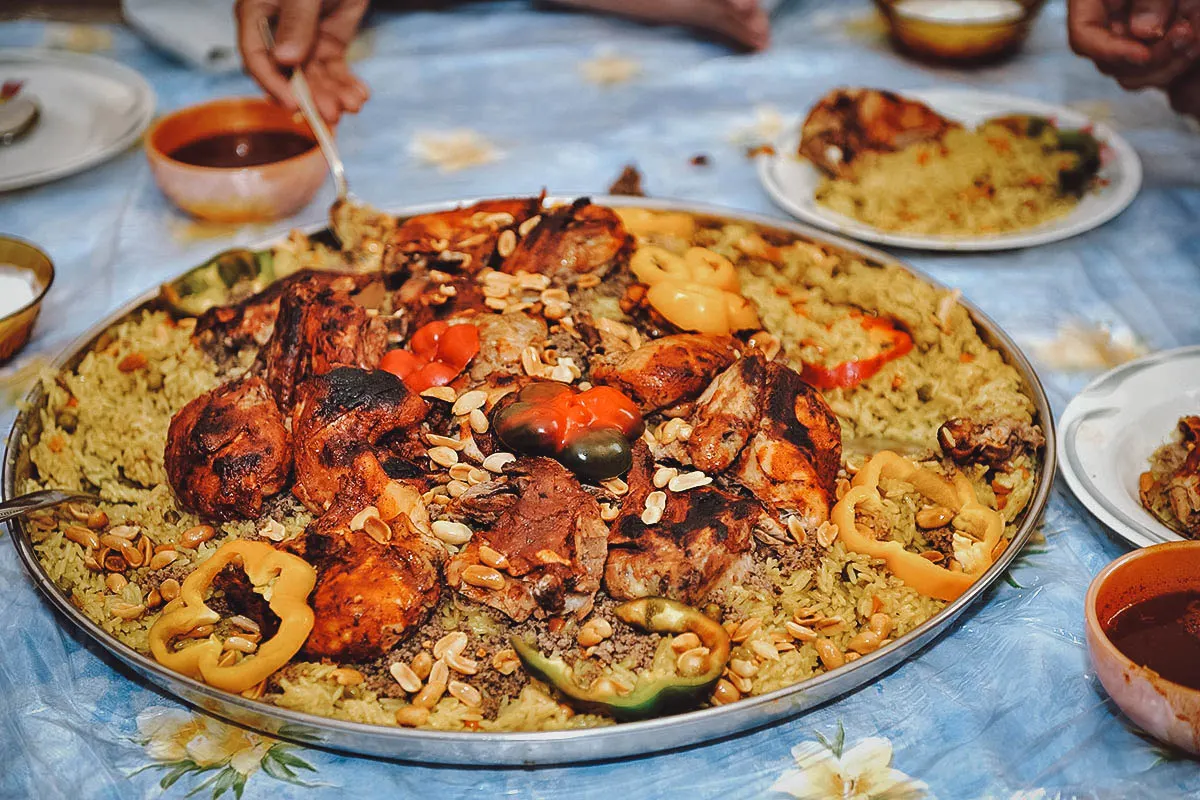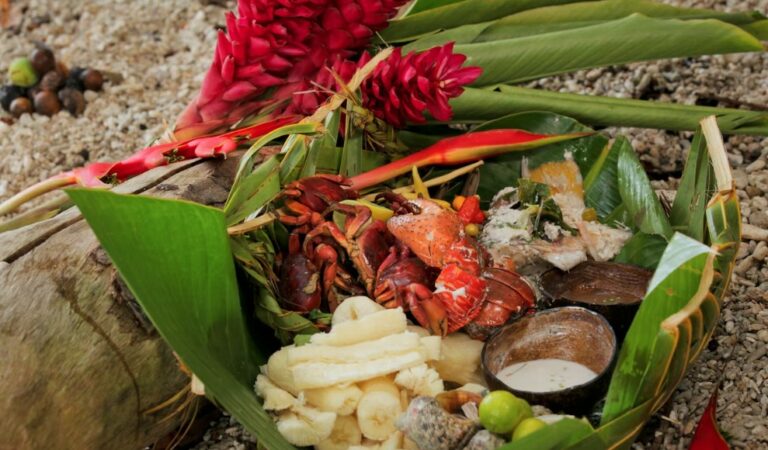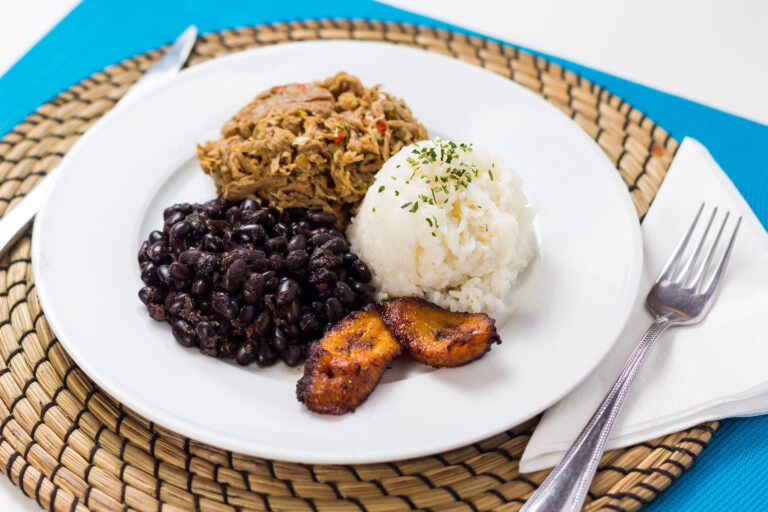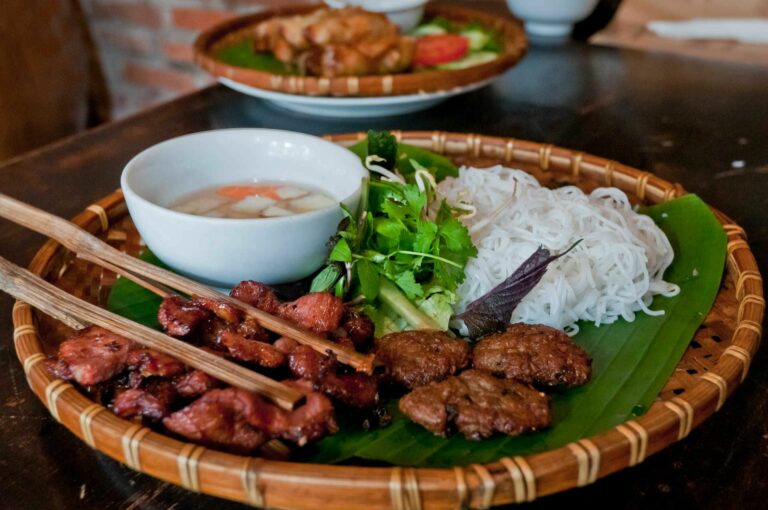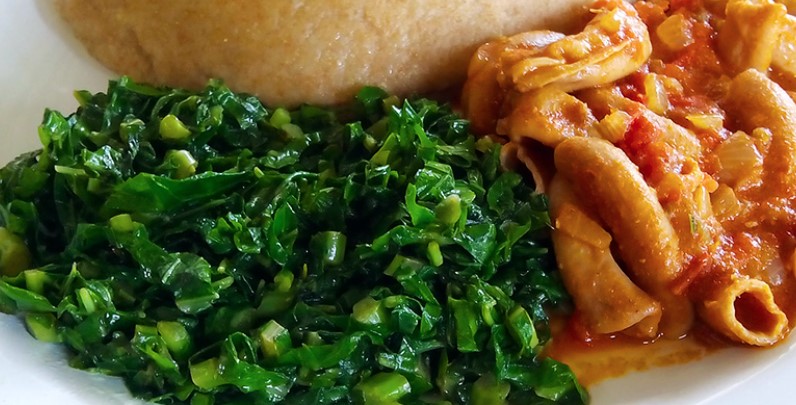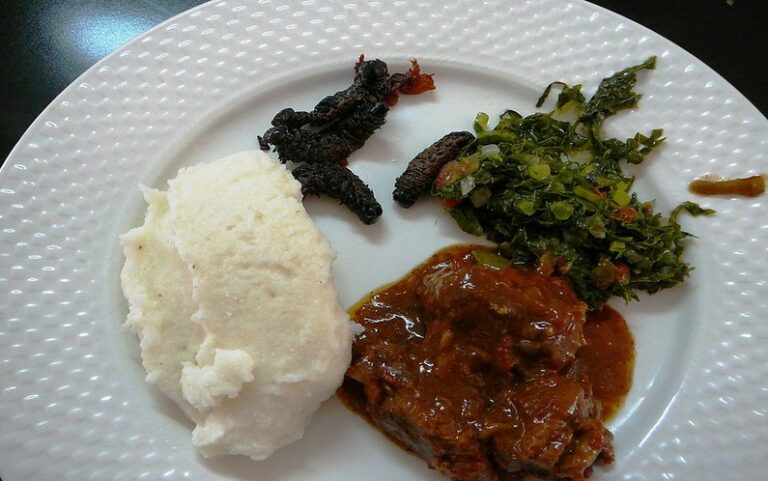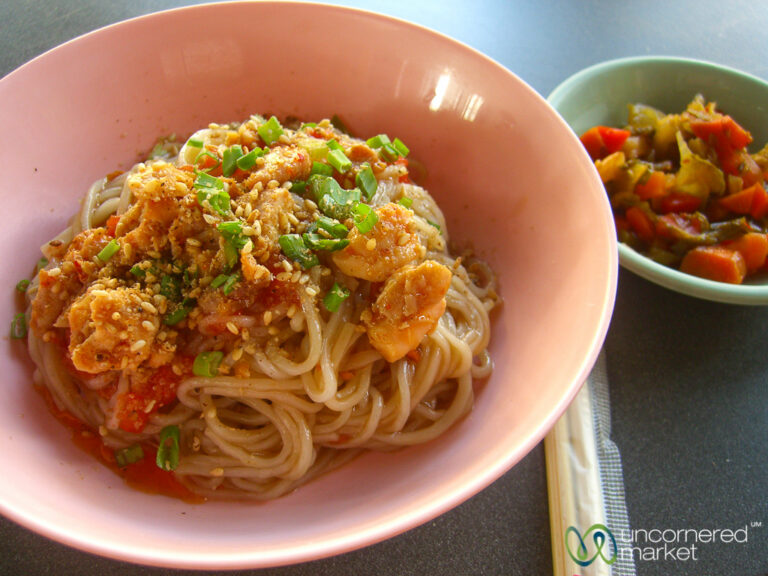Introduction to Emirati Cuisine
Emirati cuisine is a reflection of the country’s rich history and cultural diversity. The cuisine is heavily influenced by the Arab, Persian, and Indian flavors, which have all played a significant role in shaping the country’s culinary traditions. Emirati cuisine is known for its flavorful spices, aromatic herbs, and unique cooking techniques. The cuisine typically includes a variety of meat dishes, seafood, rice, and bread, and is usually served with a side of vegetables or salad.
The Arab Influence on Emirati Cuisine
The Arab influence on Emirati cuisine is evident in the frequent use of spices, such as saffron, cardamom, turmeric, and cumin in dishes. The cuisine also features a variety of grilled meat dishes, such as shawarma, kebab, and grilled lamb. Arabic sweets, such as baklava and kunafa, are also popular in the Emirati cuisine. Additionally, the traditional Emirati breakfast, known as khameer, is similar to the Arab breakfast dish, manakish, which is made with a flatbread and topped with za’atar.
The Persian Influence on Emirati Cuisine
The Persian influence on Emirati cuisine is seen in the cuisine’s use of rice dishes, such as machboos, which is a traditional Emirati rice dish that is flavored with spices and usually served with meat or fish. Persian cuisine is also known for its use of herbs and saffron, which are used extensively in Emirati cuisine. The Emirati dessert, luqaimat, is similar to the Persian dessert, zulbia, which is made with dough and honey syrup.
The Indian Influence on Emirati Cuisine
The Indian influence on Emirati cuisine is evident in the use of spices, such as curry powder, garam masala, and coriander, in many Emirati dishes. The cuisine also features a variety of Indian-inspired bread, such as chapati, paratha, and naan. Emirati dishes, such as samosas and biryanis, also have an Indian influence. Additionally, Indian sweets, such as gulab jamun and jalebi, are popular in Emirati cuisine.
Unique Emirati Dishes with Multicultural Flavors
Emirati cuisine has several unique dishes that reflect the country’s multicultural flavors. Machboos is a popular rice dish that is flavored with spices and usually served with meat or fish. Harees is another traditional Emirati dish that is made with wheat and meat, and is similar to the Indian dish, haleem. The Emirati dessert, balaleet, is a sweet vermicelli pudding that is flavored with rose water and saffron, and has Persian and Indian influences.
Conclusion and Recommendations for Emirati Cuisine Exploration
Emirati cuisine is a reflection of the country’s rich history and cultural diversity, with Arab, Persian, and Indian flavors playing a significant role in shaping the cuisine. Visitors to the UAE should not miss the opportunity to explore Emirati cuisine and try some of the country’s unique dishes. Some popular Emirati restaurants to try include Al Fanar Restaurant, Seven Sands, and Local Bites by Salt. By exploring Emirati cuisine, visitors can gain a deeper appreciation for the country’s culture and traditions.

